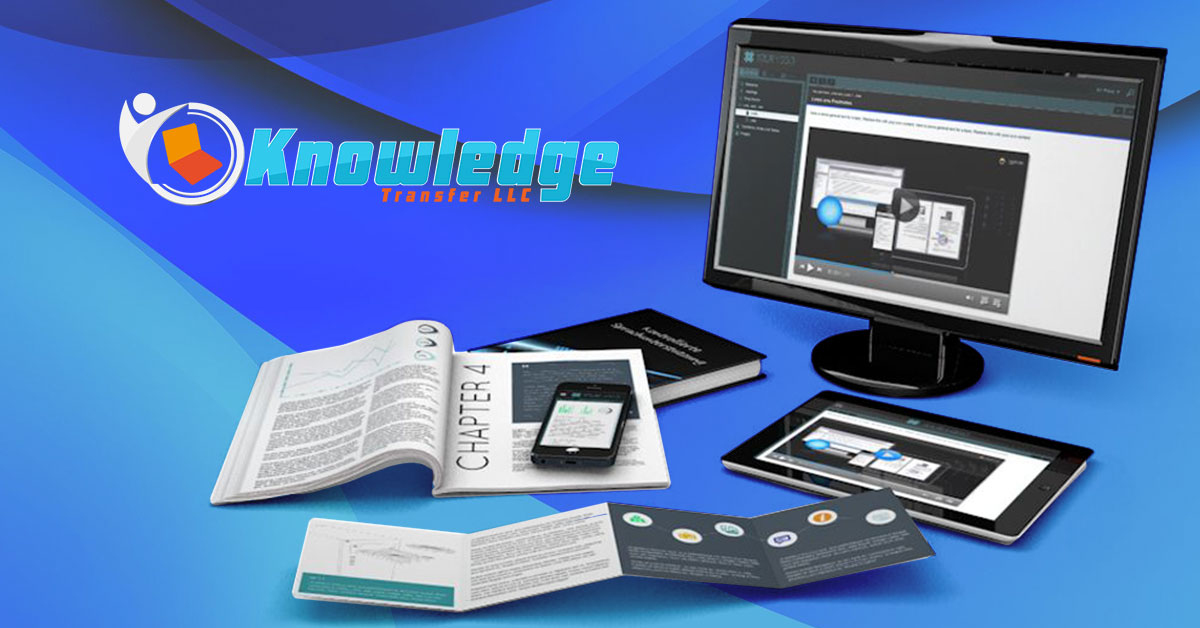-
ERP vs CRM For Contractors. Customer Relationship Management on Steroids!
A recent listing of all the software contractors can use to run their business produced over 200+ solutions!!
Customer Relationship Management software, or, CRM software is the name by which most contractors define the platform they select to run their business. And, depending on the system selected, a contractor can keep it very simple with something like SumoQuote that keeps its CRM and Estimate generating service focused on generating what a contractor feels they need right there and then: an estimate and a chance to bid, while looking as professional as possible, and, while having some way to track what bids and contacts are outstanding.
However, there is another software solution available to contractors with a more cryptic name. For whatever reason, Enterprise Resource Planning is the long-form name given to the ERP software that makes the rounds as an alternative to the popularly named "CRM." As such, a CRM is in many instances, a subset of an ERP.
Specifically, a CRM can be just another component of a much larger and more robust/complete software "resource" available to run a contracting business. In example, the Odoo ERP platform is comprised of several modules and includes a CRM module. The Odoo platform then connects the CRM module to other modules, like the Project module and Accounting module, to perform seamless tasks such as the transferring of lead opportunities to the Invoice module for billing and then over to the Project module to get the work to be performed scheduled, to then end in the Accounting module for reconciliation.
For many contractors, what they call a CRM is in actually a hybrid-ERP-CRM where only certain capabilities are available when compared to an ERP. For example, in an opinion-based generalization, Jobnimbus is a CRM and a Project Manager software solution that tracks contacts and jobs and then enables contractors to manage the project. However, Jobnimbus only connects to an Accounting solution or vendor via an application programming interface (API) instead of actually containing accounting management capabilities.
How Do I Know What CRM or ERP I Need and When Do I Know I Need It?
We could write 100 blog posts on CRM and ERPs and still not cover all the different variants available. So in context, let's focus instead on a use example involving an HVAC contractor.
HVAC contractor uses ServiceFusion to manage several aspects of their business. However, ServiceFusion does not handle connecting all the departments in the organization and in fact only focuses on some, with an emphasis on dispatch and work tracking. Nothing wrong with that of course, and when a contractor knows how their business is/will be modeled, then, they can play a very big role in understanding what software to select.
In fact, many contractors first search for a software by name, i.e., "crm for contractors" when they are seeking a solution provider. However, the results they find will present them with software promotions that emphasize the features and benefits of that specific software and, in many cases, obfuscating for the contractor, the focus necessary to stay with what they need vs what they want (especially when they see the bells and whistles of features or benefits they don't currently have).
Therefore, the best way to know what CRM or ERP to select and when an ERP tops a CRM or vice versa, is to first draft a simple diagram of how the contracting business operates. Specifically, and before any mention of any software features and benefits: what and how exactly does the business do and how does it get it done, presently. For example, if the HVAC contractor is generating leads from Google Ads for example. How are those ads finding themselves in the hands of their sales reps. And then, once those leads generate sales, how are those jobs being tracked and completed. And finally, once the work is done, what is done with that customer's information and how is that transaction processed for accounting and compliance purposes?
The above is a very simplified summary of all the statuses, stages, and steps involved, but that is exactly what a contractor wants to define first. Because after the way the business operates is understood and diagrammed can the selection of a CRM or ERP come next.
In our above example, if leads are coming in from Google and a CRM or ERP solution offers to integrate, distribute and track those leads from initial contact to conversion; that is a CRM or ERP to put in an initial selection bucket of possible solution candidates. However, if compliance is important (i.e., workmen's comp tracking and reporting related mandates etc.), then which of the two types provides the more robust reporting and compliance safety triggers to the benefit of the business as a whole? That should be a reason to further filter down the choices of software solutions. Remember, the contractor must ignore the features and benefits for now if they are not first addressing these items in the organizational workflows! Then finally, how does the CRM and/or ERP handle customers post-service? Do the remaining players offer Retention Marketing whereby a previous customer now becomes a source of new business? Or, is it completely void of any post-transaction capabilities that despite being a cheaper in cost solution initially, is in actuality costing the organization hundreds or millions of dollars beyond its initial costs as it fails to account for post-transaction revenue possibilities?
Jobnimbus is a great CRM and Project management solution. However it does not account for front-end marketing (much less hyper-localized programmatic advertising techniques and campaigns), nor does it provide or maintain post-transaction retention marketing of any kind. In that, the cost may be greater than one contractor could have imagined.
Odoo is a powerful ERP that encompasses modules for everything from a CRM to Accounting, Inventory and even Manufacturing modules. However, it has a larger and longer learning curve. That said however, it does maintain integrated front-end acquisition marketing and back-end retention marketing capabilities that make its higher cost and longer learn time well worth it in the long run and can lead to economic prosperity for a contractor that is disciplined and committed enough to learn it just as much as it learned the trade.
Simple CRM or Complex ERP. Expensive ERP or cheap CRM.
As the way to select a CRM or ERP is defined, the selection and decision for which one can now look at the features and benefits offered--beyond the core requirements. In this, it is important to remember that a simple CRM (fast learn curve) may be an expensive CRM down the road when accounting for the lost revenue from its very lack of acquisition and/or retention marketing, accounting, and/or other components. After all, what is the value of a $99 CRM that costs the organization $1 million in revenue?? Alternatively, what is the value in an extremely robust ERP that costs $24,000 a year if it is not fully utilized and produces zero-additional revenue??
The secret sauce rests on the persons that will be assigned to manage the software. For example, a technologically enthusiastic contractor may embrace the software and turn even the simplest CRM into a money generator. Alternatively, if a contractor has zero patience or no passion for software technology (many people lack enthusiasm about job costing or accounting software), then the person(s) assigned or delegated to the CRM or ERP must be someone that will be. Because the software as designed will do little on its own, and that is regardless if it is a CRM or an ERP if not deployed and adopted fully.
The most expensive software solution at any price, is a CRM or ERP under utilized, or, when assumed by the contractor that pays for it, that the person(s) assigned to its deployment are passionate about CRMs or ERPs.

